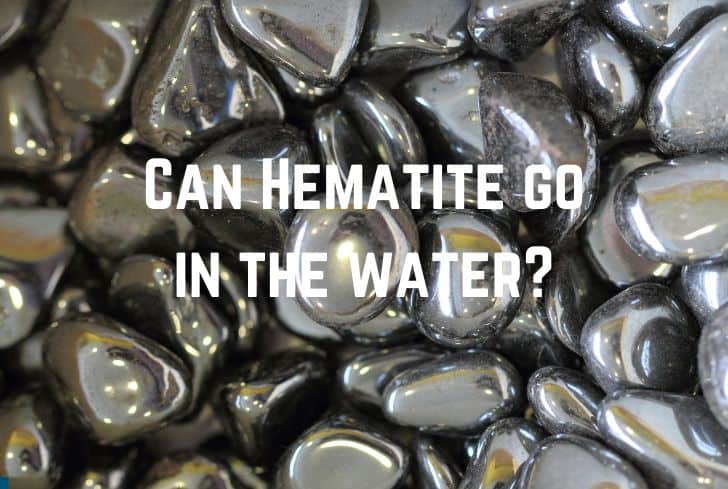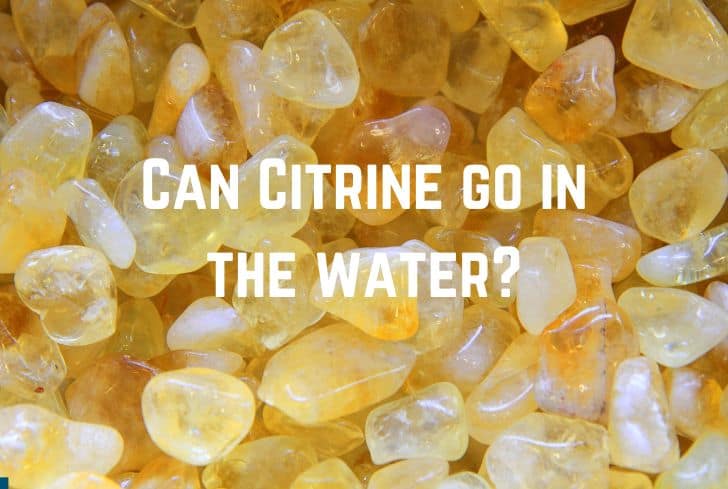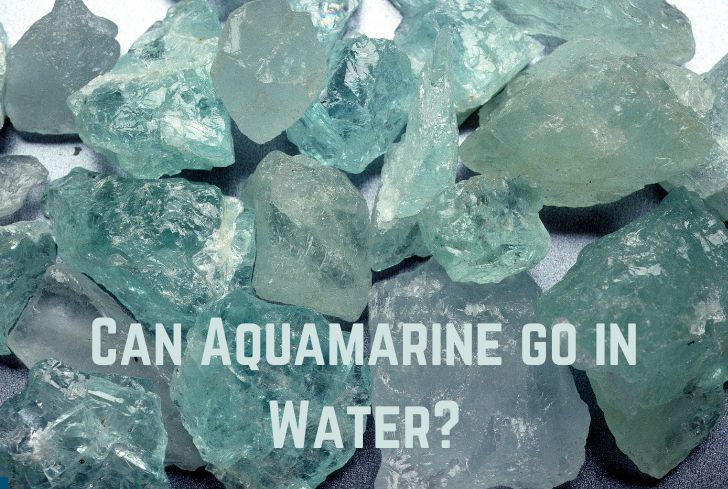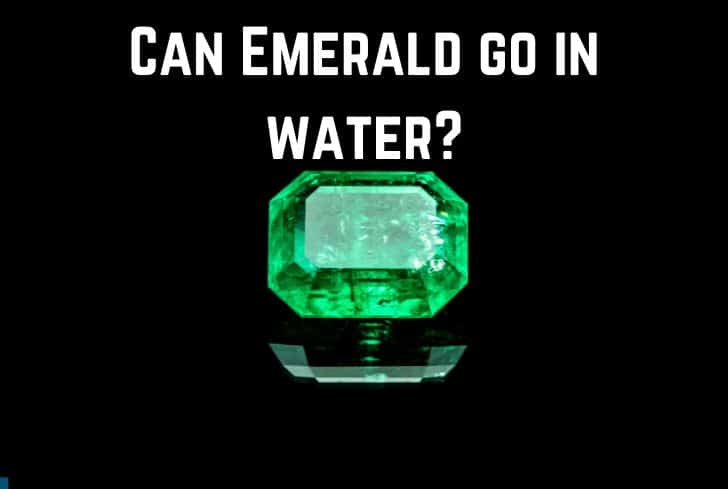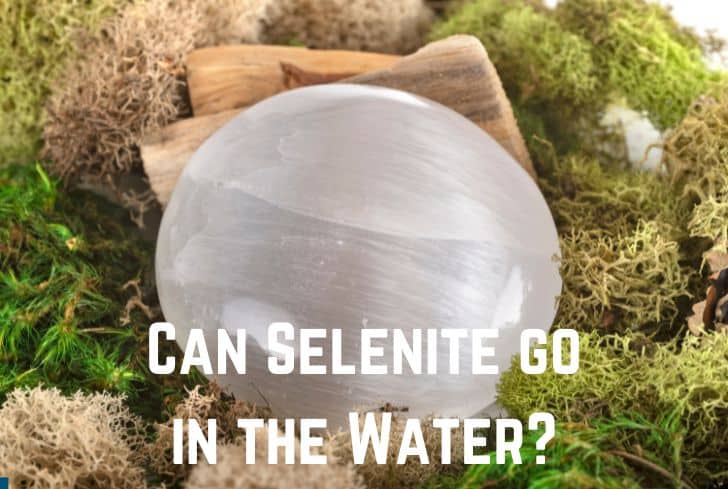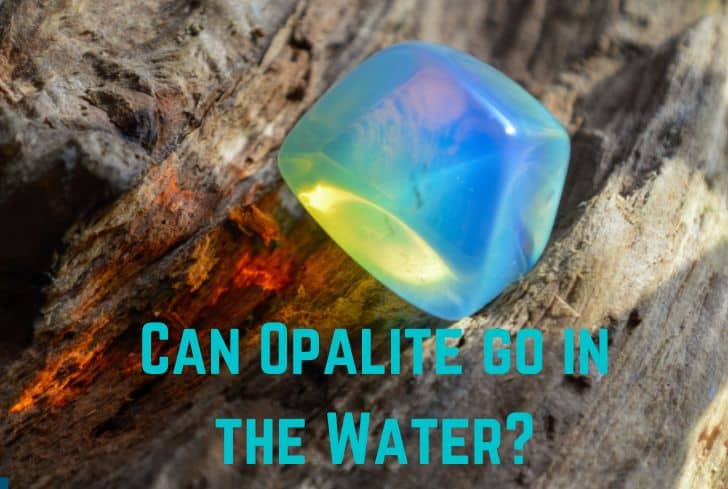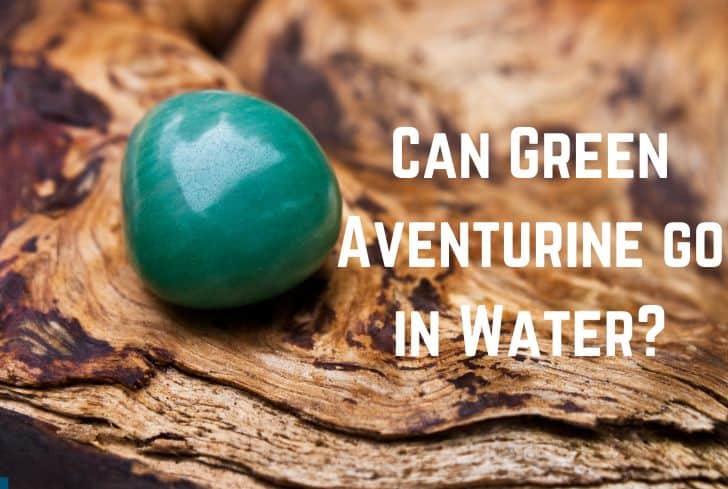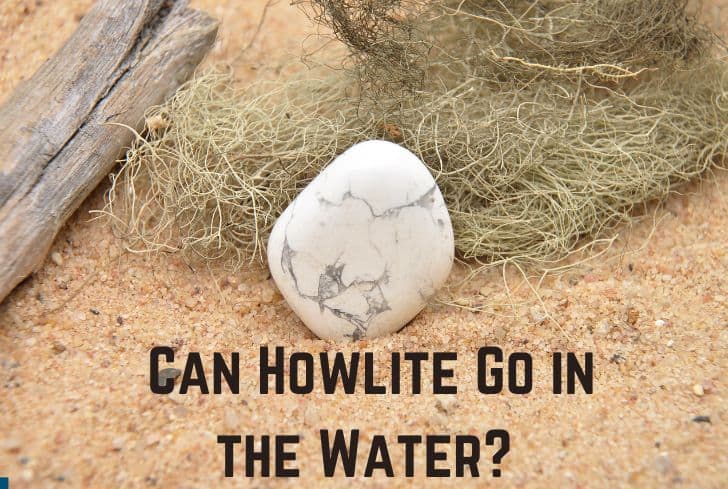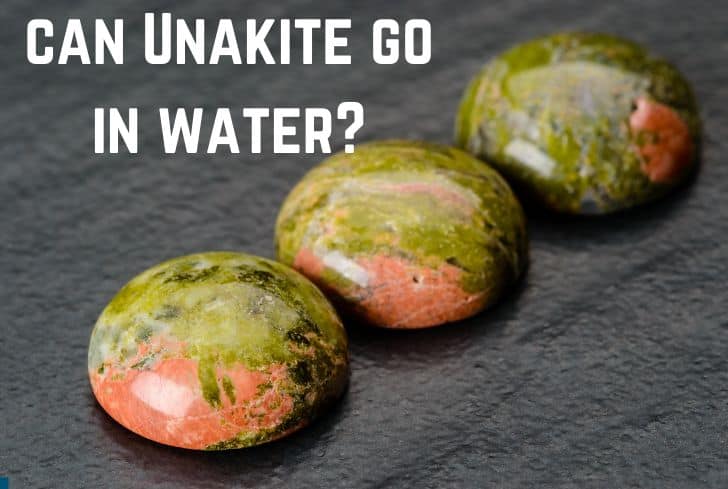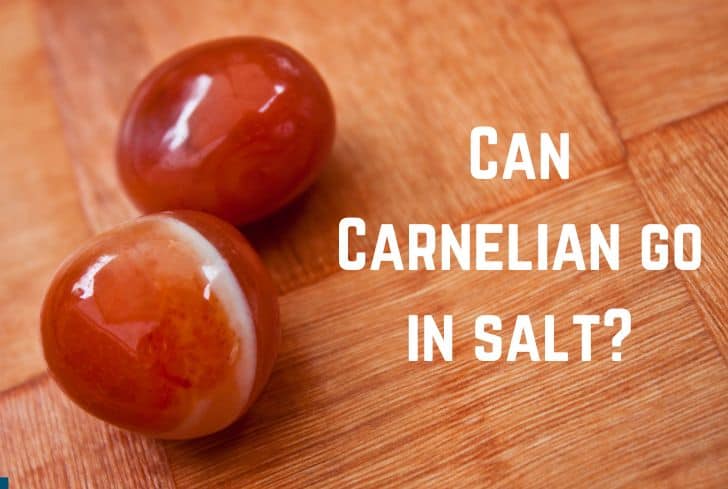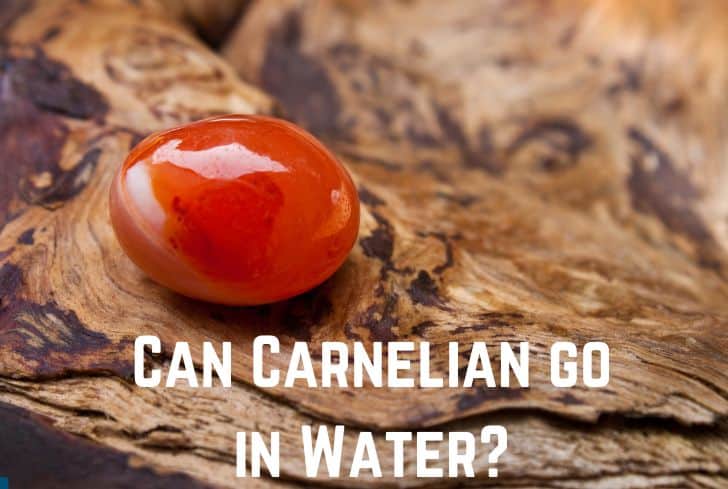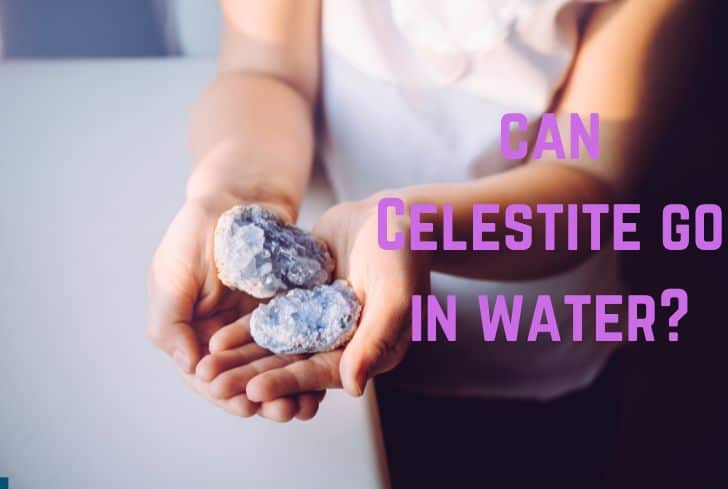Can Hematite Go in the Water? (And Sun?)
Hematite is an iron oxide having the formula Fe2O3. It is one of the most abundant minerals on Earth and is mined as an ore of iron. It is also used as a pigment, a minor gemstone, and for several other purposes. Earlier it was mined at locations all around the world, but now its…

